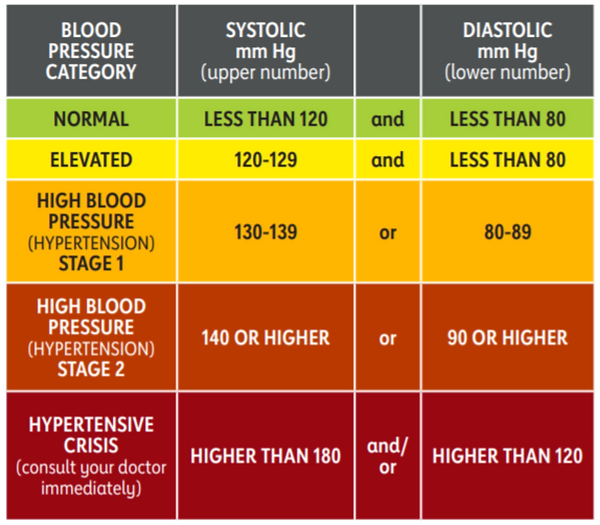Uzima Family,
Hypertension or “High Blood” as my Grandmother called it, is a serious health condition that can lead to early death or disability. Black adults aged 18-39 are two times more likely to develop High Blood Pressure. There are many medical studies on why people of African decent have a higher prevalence of this disease.
Ultimately the take home message is the same. Black Americans need to know what hypertension is. Doctors need to screen Black patients earlier than the age of 40. The recommended screening for Blood Pressure of three to five years should be reduced to every year if a young person has a blood pressure of 130/85-89. This will allow for early Intervention.
Hypertension Q & A
WHAT IS HIGH BLOOD PRESSURE?
Blood pressure is the force of blood pushing against blood vessel walls. It is measured in millimeters of mercury (mm Hg).
High blood pressure (HBP) means the pressure in your arteries is higher than it should be. Another name for high blood pressure is hypertension.
Blood pressure is written as two numbers, such as 112/78 mm Hg. The top (systolic) number is the pressure when the heart beats. The bottom (diastolic) number is the pressure when the heart rests between beats.
Normal blood pressure is below 120/80 mm Hg. If you’re an adult and your systolic pressure is 120 to 129, and your diastolic pressure is less than 80, you have elevated blood pressure. High blood pressure is a systolic pressure of 130 or higher,or a diastolic pressure of 80 or higher, that stays high over time.
High blood pressure usually has no signs or symptoms. That’s why it is so dangerous. But it can be managed.
Nearly half of the American population over age 20, has HBP, and many don’t even know it. Not treating high blood pressure is dangerous. High blood pressure increases the risk of heart attack and stroke.
Make sure you get your blood pressure checked regularly and treat it the way your health care provider advises.
HOW CAN I TELL I HAVE IT?
The only way to know if you have high blood pressure is to get it checked regularly by your health care provider. For proper diagnosis of HBP, your health care provider will use an average based on two or more readings obtained on two or more visits.
AM I AT HIGH RISK OF DEVELOPING HBP?
There are risk factors that increase your chances of developing HBP. Some you can control, and some you can’t.
Those that can be controlled are:
• Cigarette smoking and exposure to secondhand smoke
• Diabetes
• Being obese or overweight
• High cholesterol
• Unhealthy diet (high in sodium, low in potassium, and drinking
too much alcohol)
• Physical inactivity
Factors that can’t be modified or are difficult to control are:
• Family history of high blood pressure
• Race/ethnicity
• Increasing age
• Gender (males)
• Chronic kidney disease
• Obstructive sleep apnea
Socioeconomic status and psychosocial stress are also risk factors for HBP. These can affect access to basic living needs, medication, health care providers, and the ability to adopt lifestyle changes.
Stages of High Blood Pressure
Look at the definition of stages below. What stage are you in? If you are in stage 1 or 2, make an appointment with your doctor and make a plan to get your blood pressure down.

Action plan
High Blood Pressure Management & Prevention – STEPS YOU CAN TAKE NOW
- Buy a home blood pressure monitor for your home or for an elderly person
- Don’t smoke and avoid secondhand smoke.
- Reach and maintain a healthy weight.
- Eat a healthy diet that is low in saturated and trans fats and rich in fruits, vegetables, whole grains and low-fat dairy products. Aim to consume less than 1,500 mg/day of sodium (salt). Even reducing your daily intake by
1,000 mg can help. - Eat foods rich in potassium. Aim for 3,500 – 5,000 mg of dietary potassium per day.
- Limit alcohol to no more than one drink per day if you’re a woman or two drinks a day if you’re a man.
- Be more physically active. Aim for 150 minutes of moderate-intensity physical activity or at least 75 minutes of vigorous physical activity per week, or a combination of both, spread throughout the week. Add
muscle-strengthening activity at least two days per week for more health benefits. - Take medicine the way your health care provider tells you.
- Know what your blood pressure should be and work to keep it at that level.